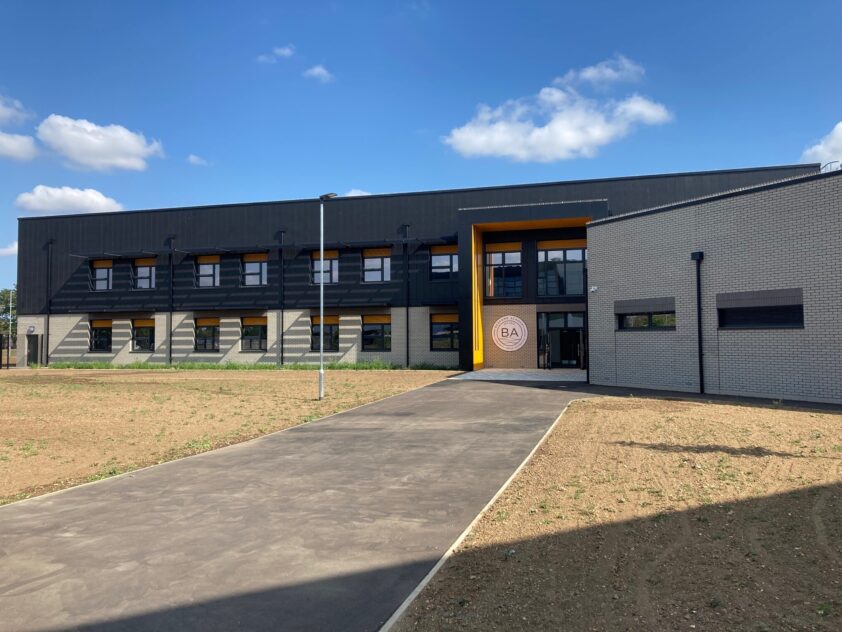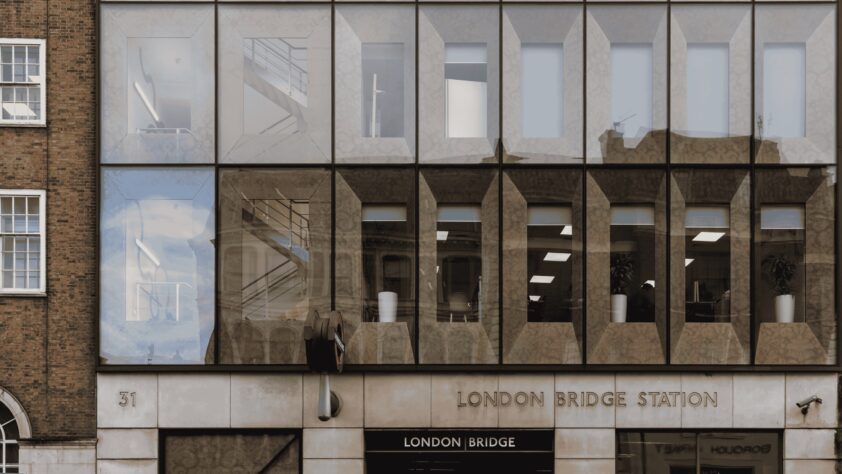Wildlife Discovery Centre, Lee Valley
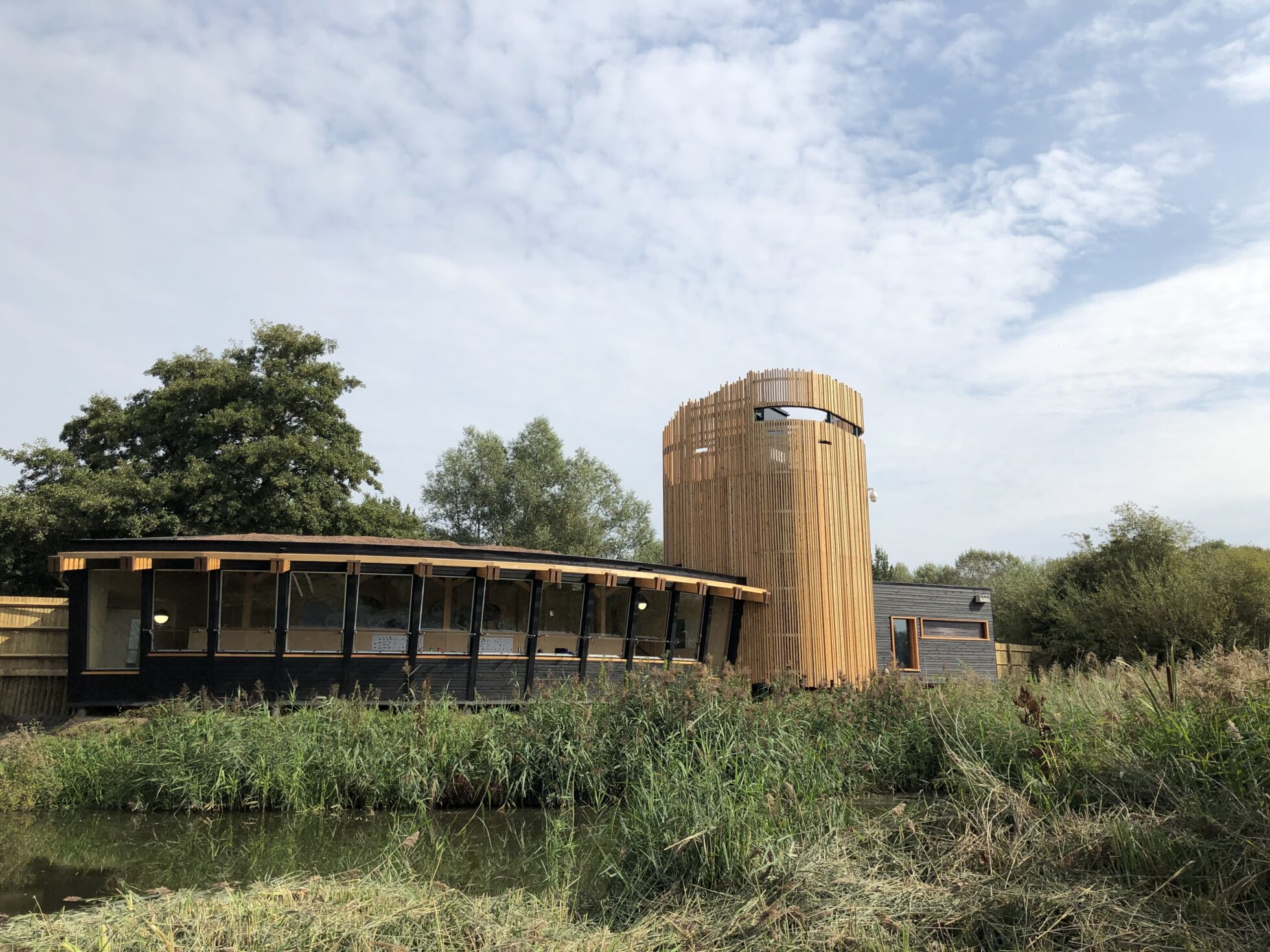
Sector
Community
Status
Completed
Background
A new Wildlife Discovery Centre in Essex’s 26-mile-long River Lee Country Park, which stretches from the Thames to Hertfordshire, has recently been completed.
Wartime bombing, changes in industry and post-war reconstruction meant that more than 50 years ago, the area surrounding the River Lee was left derelict and neglected. But over the past five decades, the Lee Valley Regional Park Authority has been dedicated to transforming the area into a world-class destination.
In collaboration with Lee Valley Regional Park Authority, architects Andris Berzins & Associates, and contractor Carmelcrest Construction, Perfect Circle was engaged from early concept design stage to hand-over delivery. The project was accelerated by SCAPE Consultancy, a direct award framework that drives collaboration, efficiency, time and cost savings.
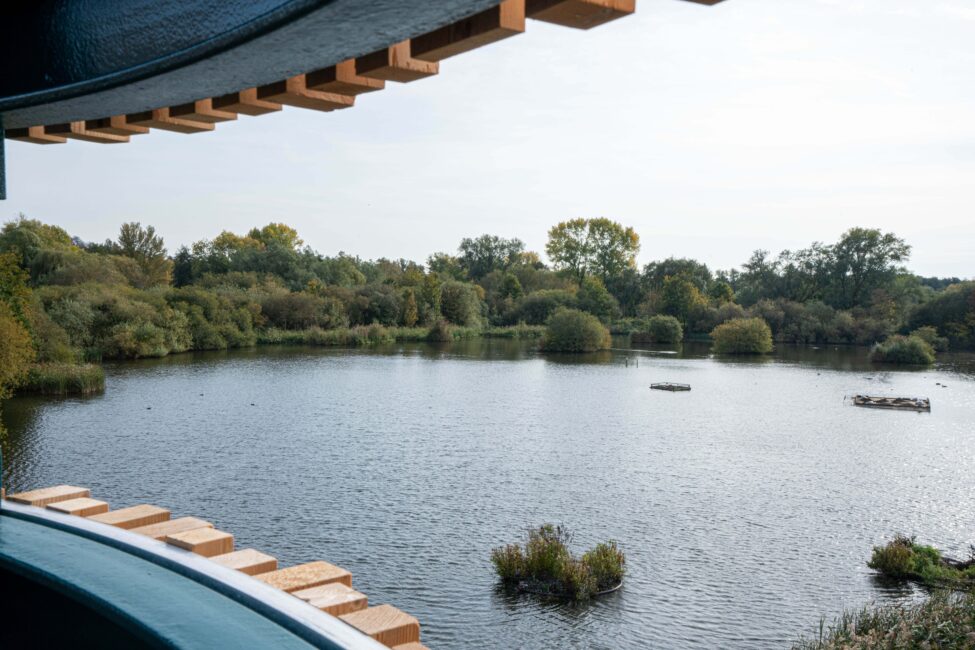
Requirements
The project team was required to deliver an information point and a five-metre viewing tower, with a separate wildlife information room. The designs also needed to incorporate ramps and lifts to make it accessible to all.
The innovative facility necessitated that fully sustainable materials were used for sub-structure and super-structure elements to overcome difficult site constraints and Covid-19 restrictions. The overriding ambition for the scheme was to refrain from using any concrete so that the materials could be recycled when the building reached end of design life at half a century and to be conscious and protective of local wildlife habitats the centre seeks to conserve.
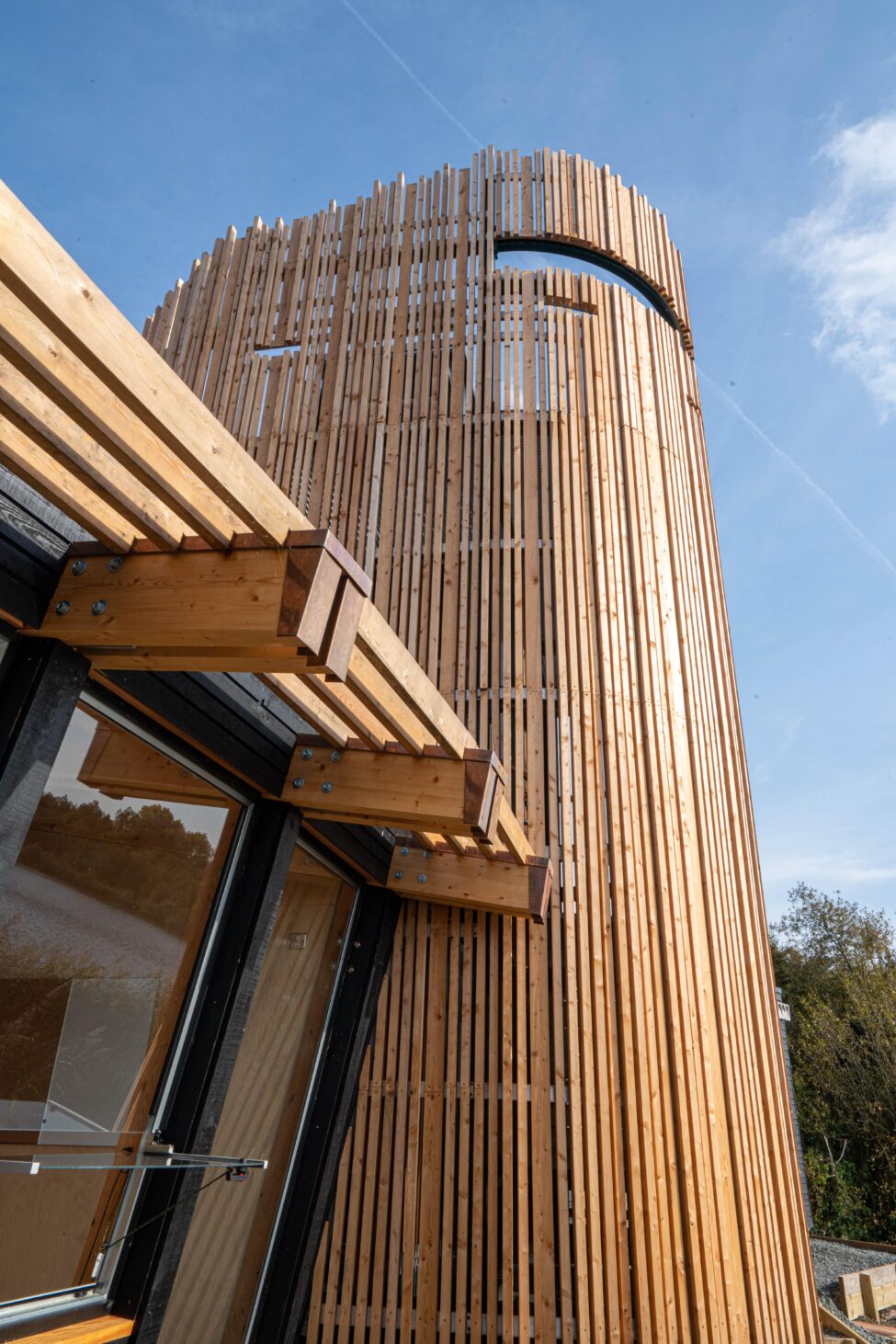
Challenges
The new Wildlife Discovery Centre is located on a remote site (between two rivers) with limited access. The structural design incorporated off-site construction techniques such as Keller helical piles, pre-fabricated glulam beams and spliced steel framing to reduce manual handling risks, construction waste and to improve site logistics. The construction programme also had to take into account bird migration patterns and nesting, with construction activities being monitored for noise to minimise disruption to wildlife.
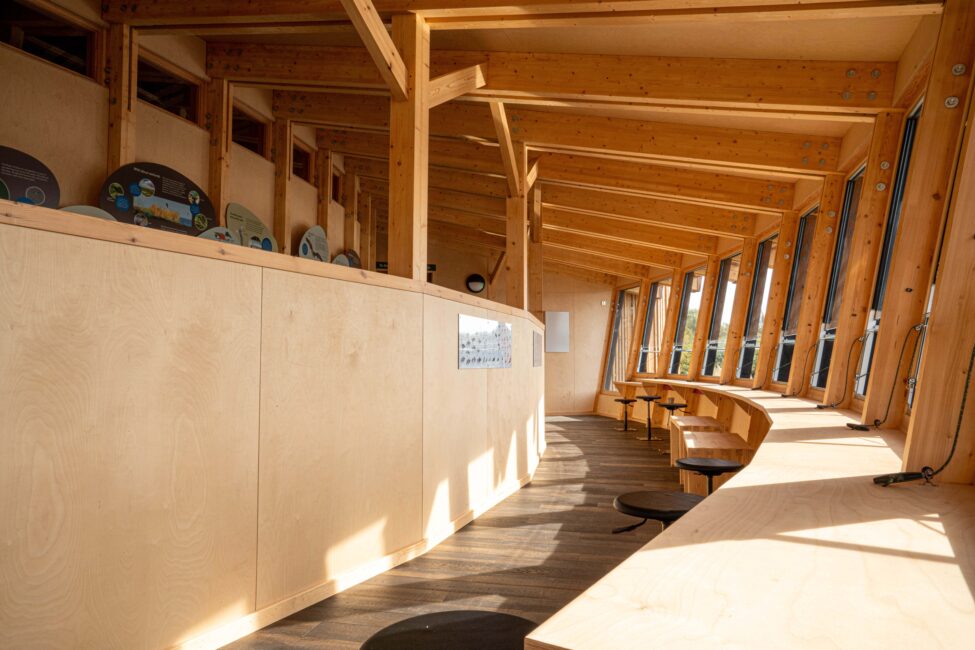
Outcomes
The biggest impact of the project is that all the materials used can be dismantled, reused and recycled; the helical piles can be unscrewed and reused, all timber elements can be chipped and used for biofuel, gabion retaining walls can be reused, and the foundations can also be recycled because they aren’t composed of concrete. This will reduce the impact on landfill waste once the building reaches the end of its design life after 50 years.
The fully accessible hide and information point features a two-tier viewing area at ground level with 360-degree views of surrounding area and a separate wildlife information room. Complete with a CCTV system and live nest box camera footage, it will provide bird watchers and nature lovers of all ages with undisturbed, close-up access to the lake's wildlife – including key Biodiversity Action Plan species, the [Eurasian] bittern.
